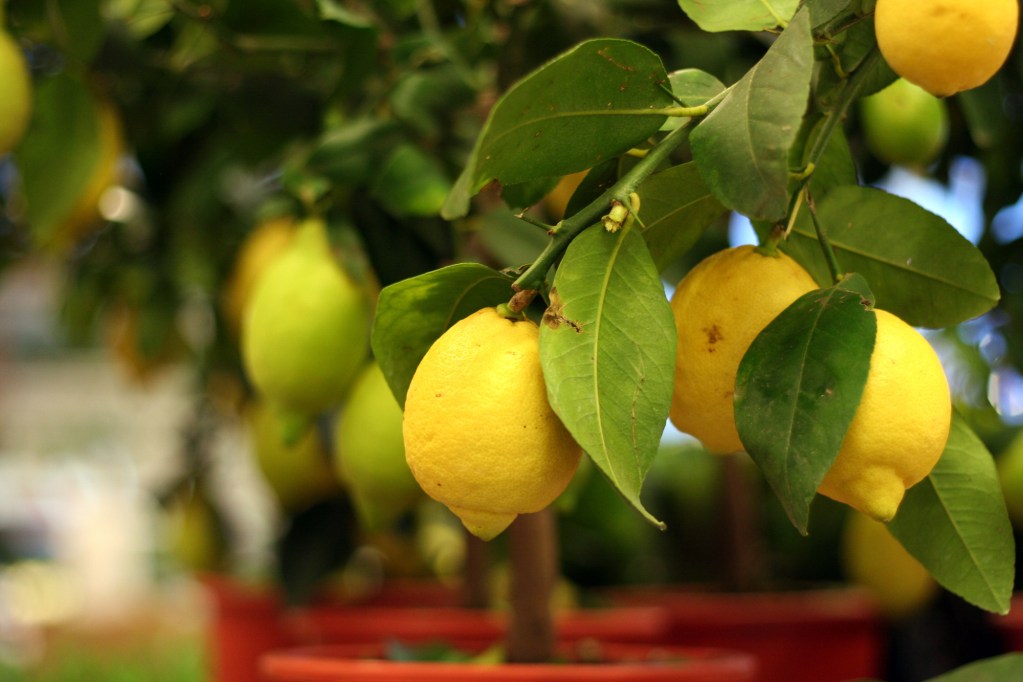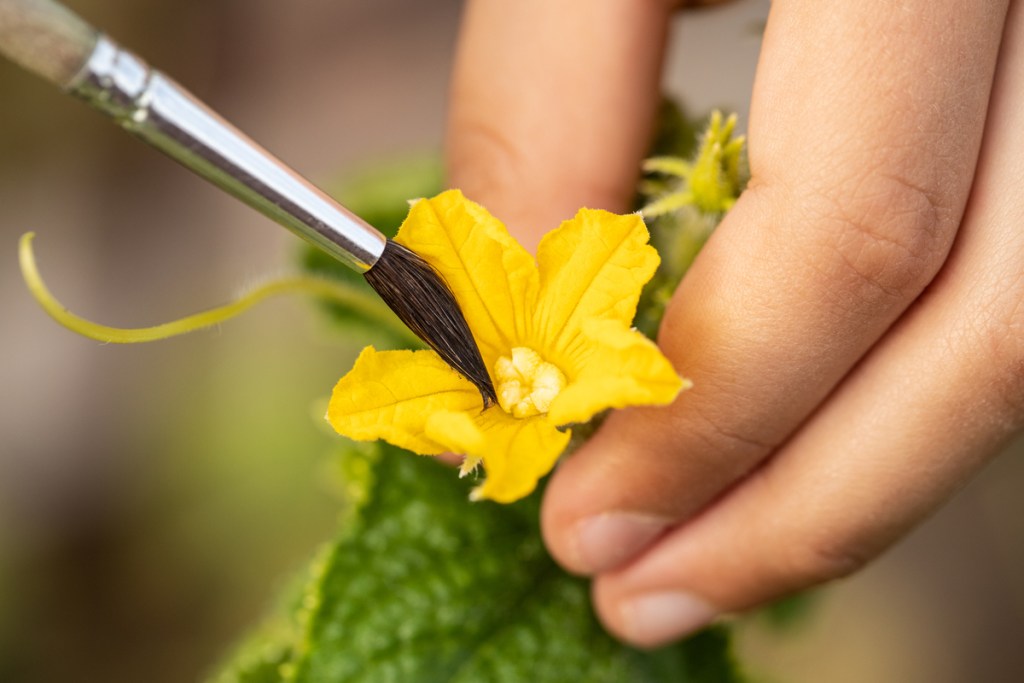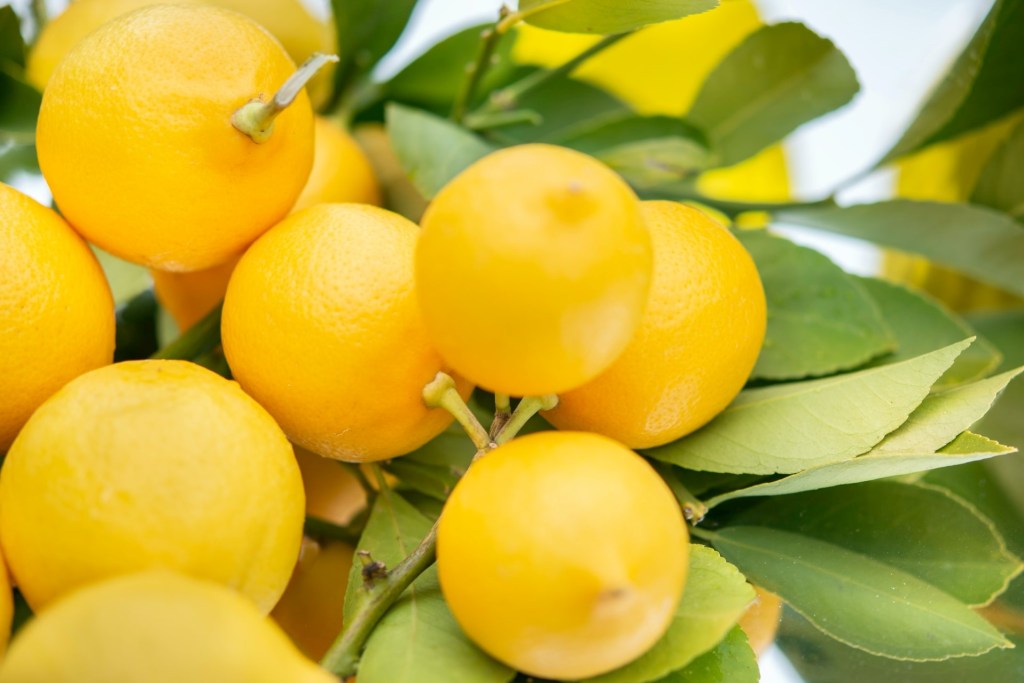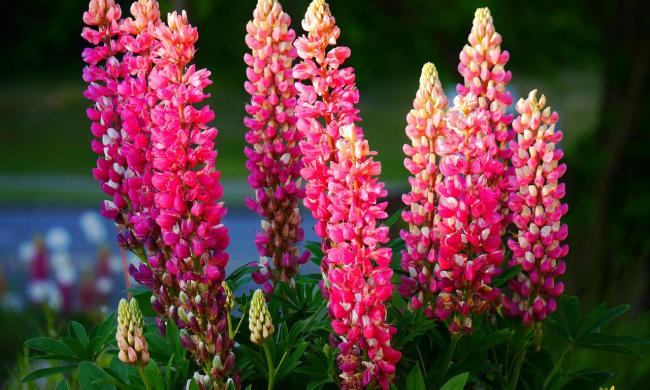Love having lemons on hand in the kitchen? Maybe you’ve experienced the annoyance of being out of lemons right when you need a bit of that zest or a tart squeeze of juice for your delicious meal. Well, with this delightful fruit tree right in your home, you’ll never have to face those woes again. Let’s talk about why this delicious citrus fruit is so popular and how to grow a Meyer Lemon tree indoors.
First, you'll have to decide if you want your Meyer lemon tree to grow from seed or from a sapling. Many people wonder if they can grow a lemon tree from the seeds of their grocery store lemons. And you can! You just have to make sure you use the seeds of an organic lemon since non-organic lemon seeds often will not sprout. You can also buy a healthy Meyer lemon tree seedling from your local nursery and nourish that little baby tree into a full-grown, fruit-producing adult lemon tree.

Benefits of Meyer lemons
If you need convincing, here are the benefits of having your own Meyer lemon tree:
- Meyer lemons are known for their sweeter taste compared to regular lemons. This is due to their unique genetic makeup, which gives them a lower acidity level and higher sugar content. This makes them a popular choice for homemade baked goods and tasty, flavorful cooking.
- These lemons are a popular choice for cooking and baking because of their unique flavor profile. Because they're sweeter than other lemons, they make a great addition to desserts, marinades, and dressings.
- Meyer lemon trees are a small variety of lemon tree, making them easy to manage and perfect for easy indoor gardening. They can reach a height of 6 to 10 feet when grown outdoors, but when grown in containers, they typically stay around 4 to 6 feet. With proper pruning and care, they can stay at a desirable size for indoor growing.

How to grow a Meyer lemon tree indoors
Follow these steps to grow your own Meyer lemon tree inside:
Step 1: Use the right container.
A container that's too small can restrict the tree's growth, while a container that is too large can make it difficult to move the tree around. A 5-gallon container is a good option for a young tree, while a 10-gallon container is ideal for a mature tree.
Step 2: Choose the right type of soil.
These lemon trees require well-draining soil rich in nutrients. A good soil mixture to choose is 1 part sand, 1 part peat moss, and 1 part perlite.
Step 3: Provide adequate lighting.
Meyer lemon trees require a lot of light to grow and produce fruit. Place yours near a south-facing window that receives at least 6 hours of sunlight daily, or use artificial grow lights to supplement the tree's light requirements.
Step 4: Water the tree properly.
These trees require consistent watering to grow and produce fruit. The soil should be kept moist but not waterlogged, as this can cause root rot. Water the tree when the top inch of soil feels dry to the touch.
Step 5: Fertilize the tree regularly.
Use a fertilizer specifically formulated for citrus trees and follow the manufacturer's instructions for application.
Step 6: Prune the tree as needed.
Regular and consistent pruning is important for maintaining the shape of the tree and promoting healthy growth. Prune the tree in the spring to remove any dead or damaged branches and to shape the tree as desired.

Will a Meyer lemon tree pollinate indoors?
This type of fruit tree is actually self-fertile, which means you don't need multiple trees (i.e., male and female flowers) to get your Meyer lemon tree to produce fruit. Many people wonder, however, how the tree will be productive indoors without bees pollinating. While indoor varieties are capable of self-pollinating, you can manually pollinate your lemon tree's flowers to help it along and ensure a bountiful harvest.
How to manually pollinate a fruit tree
Step 1: Identify the flowers that need to be pollinated.
Fruit trees typically have small, delicate flowers that are easy to overlook. Look for flowers with visible stamens and pistils, as these are the ones that need to be pollinated.
Step 2: Collect the pollen.
Use a small paintbrush or cotton swab to gently brush the stamens of the flower. The pollen should stick to the brush or swab.
Step 3: Transfer pollen to the pistil.
Use the same brush or swab to transfer the collected pollen to the pistil of the flower. Gently brush the pistil with the pollen, ensuring that it covers the entire surface of the pistil.
Step 4: Repeat the process.
Repeat steps 3 and 4 for each flower that needs to be pollinated.
Step 5: Monitor the tree.
After pollination, monitor the tree regularly to see if the flowers have been successfully pollinated. Look for signs of fruit development, such as swelling or growth of the flower.

How long does it take for a Meyer lemon tree to produce fruit?
It typically takes around 3 to 5 years for a Meyer lemon tree to mature and begin producing fruit. However, with the right growing conditions and care, some trees may begin producing fruit as early as two years old. The key is to ensure the tree is receiving enough sunlight, water, and nutrients and that it is being pruned and fertilized regularly.
Growing a Meyer lemon tree indoors is a great way to enjoy fresh, juicy lemons all year round. By choosing the right container, soil, and lighting, and by providing the tree with proper watering and fertilization, you can grow a beautiful and productive citrus tree in your home.




